California native Mark ‘Kato’ Kariya has been shooting motorsports for more than 30 years, during which time he’s used countless cameras, lenses and bags. Recently he’s been working with Lowepro’s new range of ‘ProTactic AW II’ camera backpacks, designed for use in tough conditions. We spoke to him about his career, his gear, and his tips for successful motorsports photography.
What’s your background?
I grew up in rural Southern California, where my family grows oranges and avocados. I’ve been riding motorcycles since I was nine because that’s how we checked the sprinklers every morning and afternoon – a Honda 90 trail bike fits between the trees easily and it’s a lot faster than walking! I worked on the high school yearbook as a photographer in my junior and senior years, and I joined the Daily Trojan newspaper when I was at USC, where I got my BA in journalism.
After graduating, I figured I’d end up on a daily paper somewhere but instead I started covering local motocross races for Cycle News – a weekly publication centered heavily on race coverage. A year after graduating, Cycle News offered me a job as a staff editor, which was a dream melding of being in the motorcycle industry and using my degree.
After two years at CN, my former editor offered me a staff position at a new magazine he was starting called Dirt Rider. I accepted and stayed there for almost 15 years before going freelance in the late 90s, specializing in event coverage as well as photo shoots for various race teams and, on occasion, manufacturers.
How did you get your start in photography?
Upon graduating eighth grade we were asked what we wanted to do when we grew up. I had no idea! The first thing that popped into mind was photographer so I went with that. I took a basic photo class at a junior college one summer, but other than that, I learned by seeing what others were doing and figuring things out for myself.
Mark Kariya portfolio gallery
$ (document).ready(function() { SampleGalleryV2({“containerId”:”embeddedSampleGallery_0363762435″,”galleryId”:”0363762435″,”isEmbeddedWidget”:true,”selectedImageIndex”:0,”isMobile”:false}) });
What’s your ideal way of working?
It depends on the job. Even for race coverage, it varies. At some races, I can get by with hiking around to various shoot locations and get different types of shots. At other races, it really helps being able to ride to locations, usually on the course before the race starts, though this limits the equipment I can take. Then there are races like the Baja 1000 where there’s so much distance between locations that I drive my truck to various access points off the highway.
It just depends on what the client wants. If I’m shooting at a track or somewhere I don’t have to go too far, I can bring more equipment and hike around while sometimes the client wants a more remote location so I ride with a backpack to carry what I can.
What’s your perfect camera bag?
There’s no perfect bag. Each type of job seems to require a different bag depending on what equipment’s needed. I usually use one bag as a travel bag because it’ll carry most of the stuff I’ll need and fits underneath the seat in front of me or in the overhead of most larger commercial airliners (Boeing 737 Airbus A321 and larger, for the most part). For the smaller regional jets, it can get a little tricky; most of the time my travel bag will fit underneath the seat in front. The hard case/trunk for a 400mm F2.8 or 200-400mm F4 will fit in either spot on big and small jets.
What’s the most important factor for you, when it comes to gear?
As I cover a lot of desert races, dust is a huge issue so I try to stay upwind whenever possible. If it’s not dusty, then it’ll likely be muddy and rainy. Due to the harsh environments off-road motorcycle races are held in, I need my gear to be rugged as well as easily portable. I always use two of the same camera bodies and am currently running Nikon D5s as my primaries with a D4 as a third when required.
You don’t want to expose the sensor or other internals so I’ll typically leave lenses on the cameras all day, with the 17-35mm F2.8 on one body (always with a a Speedlight SB-900 or 910 on it for fill) and 70-200mm F2.8 on the other. If I think there’s going to be a situation where multiple lights might be called for, I’ll also carry two extra lights; the last of my SB-800s just died so I’m trying to get SB-5000s dialed in.
Mark’s top tips for motorsports photography:
- Know your equipment and what all the different buttons and settings are, something that only comes from reading the manual.
- Study the work of photographers you admire and figure out what makes their shots stand out for you.
- You’re not always going to be in a place with the best action so at least make sure the shots are technically excellent (in focus, properly exposed, composed well).
- Experiment with different settings, locations and equipment (one thing I’ve learned is my bodies produce the best color when I’m underexposing by anywhere from 0 to 1.7 EV depending on ambient light and where the sun is).
- Since everyone wears helmets you won’t be able to photograph the emotion associated with racing unless you shoot people shots (spectators, mechanics or racers after the event like on the podium or in their pit area).
How are you finding the LowePro ProTactic II bags?
I’m using the prototype BP 450 AW II that we used for the intro video and it is far superior to the kind of generic backpack I’d been using for 20 years. It’ll accept the two bodies with lenses attached that are my go-to’s with little more required than turning the lens hoods around. When I find a shoot location, I hop off the bike, take the ProTactic off, put it on the ground and unzip the rear panel. Easy! I haven’t needed to access gear through the side doors yet, though I appreciate their availability.
$ (document).ready(function() { SampleGalleryV2({“containerId”:”embeddedSampleGallery_9978621535″,”galleryId”:”9978621535″,”isEmbeddedWidget”:true,”selectedImageIndex”:0,”isMobile”:false}) });
I like how the ProTactic is a dedicated camera bag so the internal dividers are movable, allowing me to arrange things as I need to, and its padding provides a bit more protection from the elements (dust and mud, usually) and crashes, which happen occasionally when I run out of talent.
What advice would you give someone who wants to get into motorsports photography?
it’s very difficult to get trackside access for auto races, at least in the US. Dirt bike races are easier, except for the professional Supercross or motocross Nationals, flat track and road races – those are treated like car races as far as credentialing is concerned. But accessing the course for off-road motorcycle races is much easier. Contact the promoter/organizer a week or two before the race to see what’s needed. Even if you can’t get trackside, you can usually still get some nice shots from the fence.
Watch the way the light changes throughout the day and don’t ignore what’s in the background. Use everything you can environmentally to enhance your shot. If you’re just getting into race shots, fast shutter speeds like 1/1000 and higher are ‘safer’ and will let you get a higher percentage of good shots. I’m old school so I still try to keep my ISO as low as possible.
Once you get fairly comfortable capturing good action, experiment with different settings, from shutter speeds to white balance (again, keeping an eye on environmental factors).
Learn more about the Lowepro ProTactic range of bags and accessories
This is sponsored content, created by Vitec. What does this mean?
Articles: Digital Photography Review (dpreview.com)


















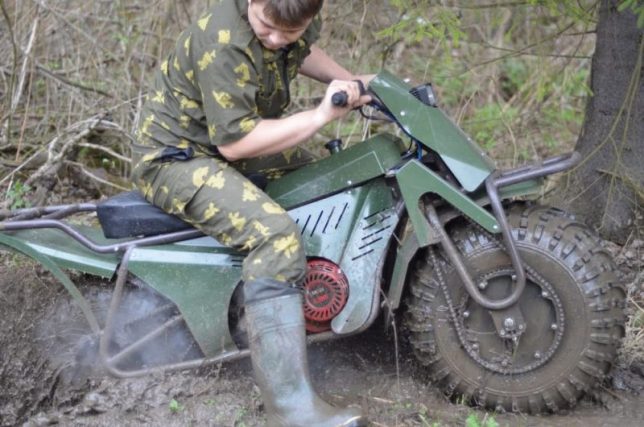
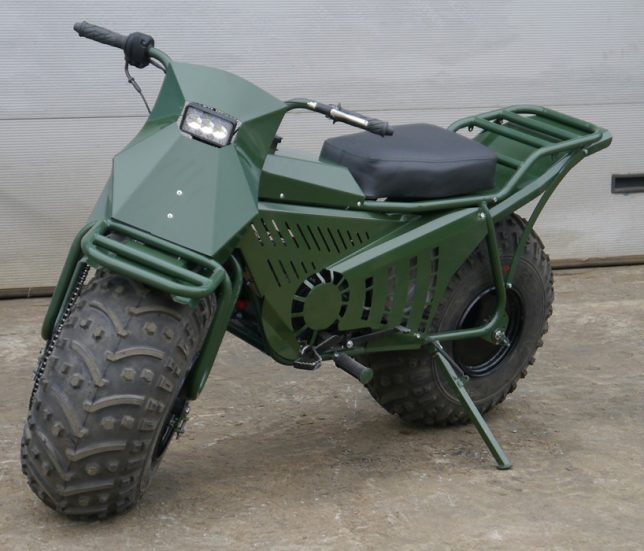
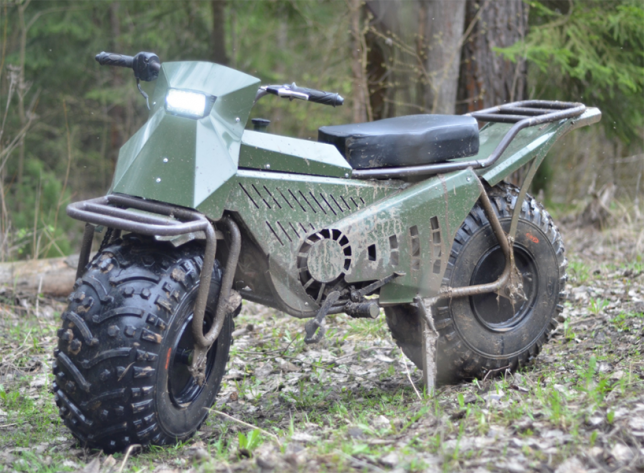
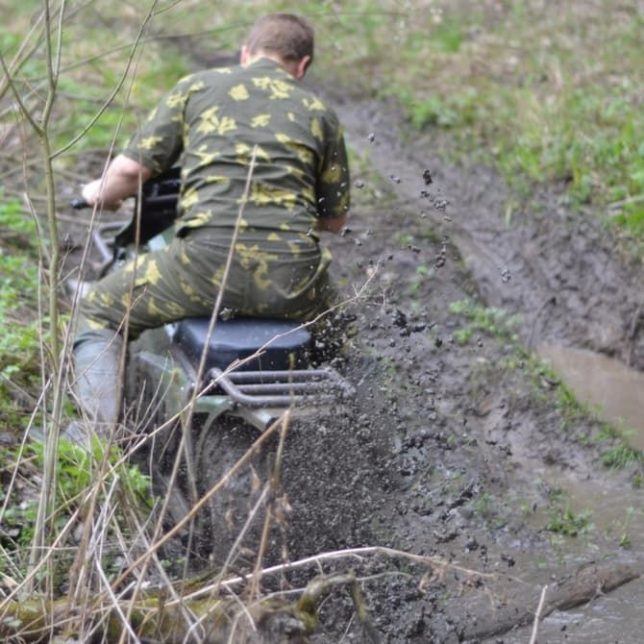

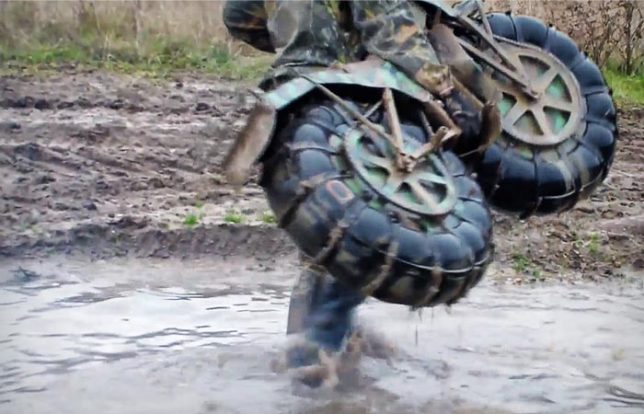
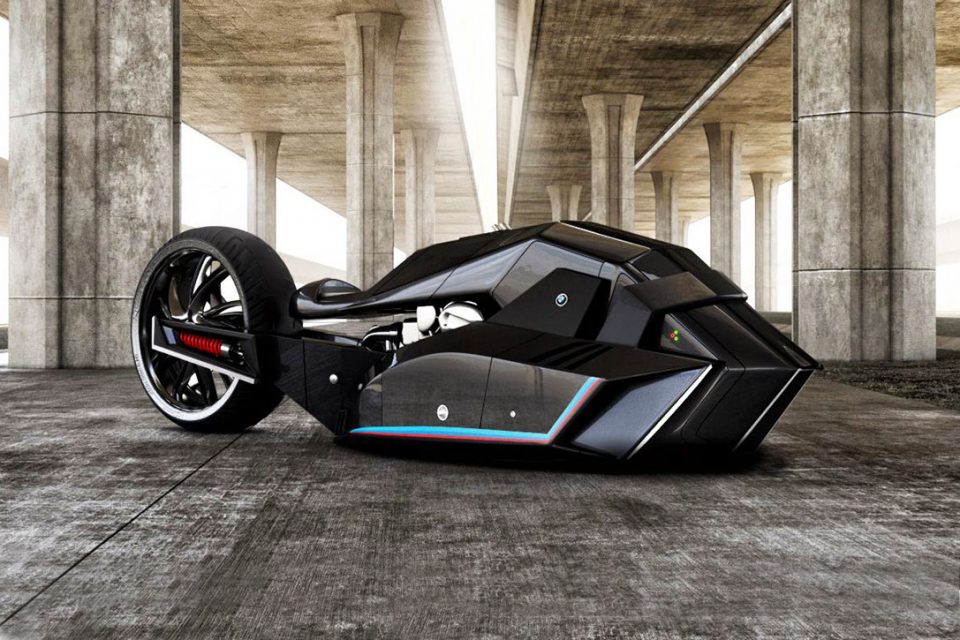

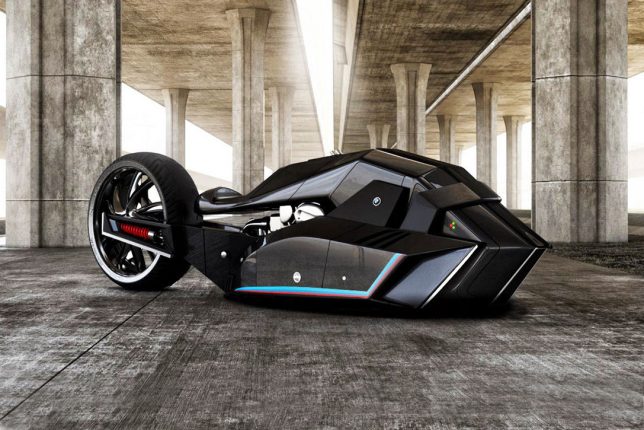
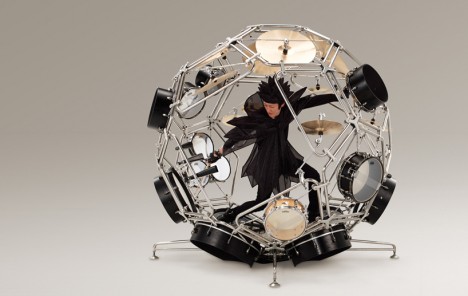

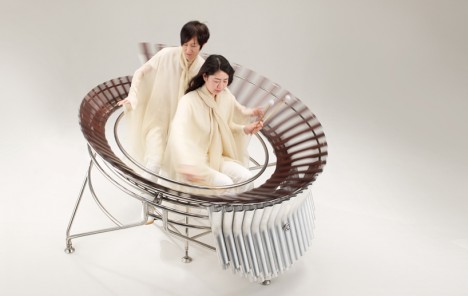
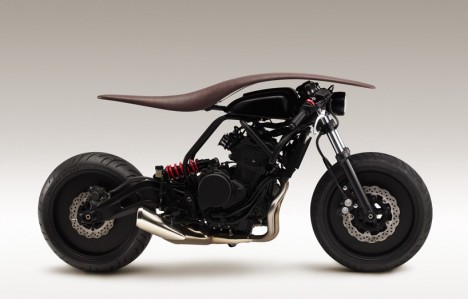
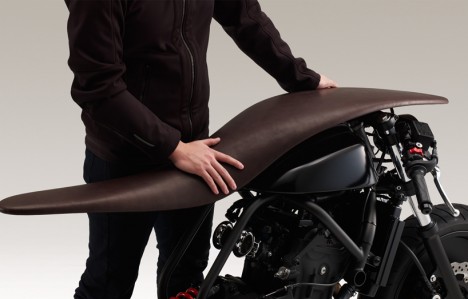
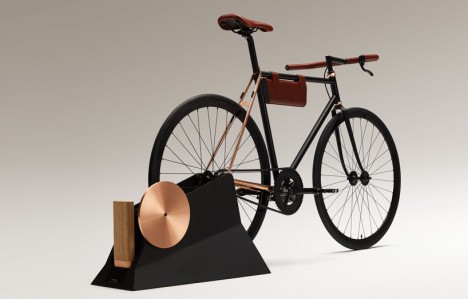
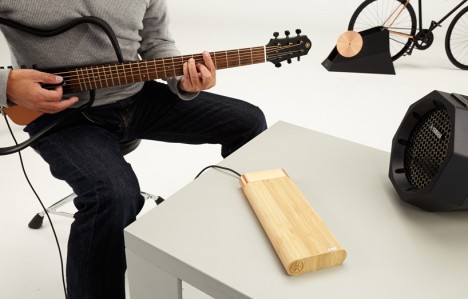
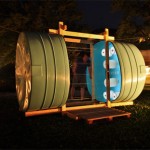

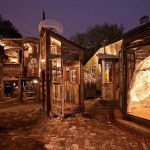




You must be logged in to post a comment.